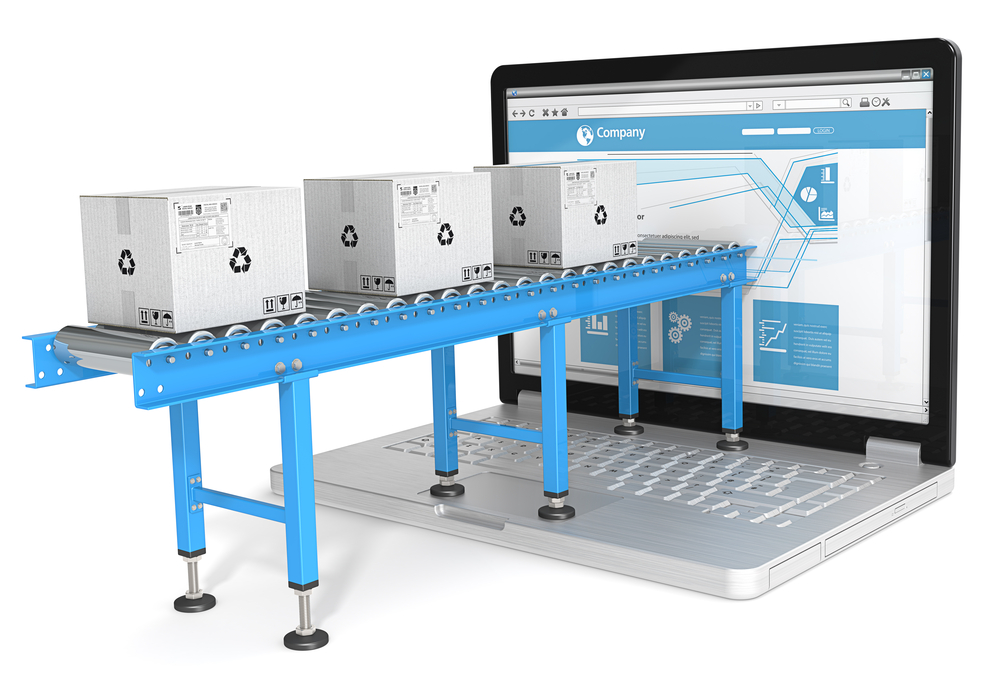The supply chain may be the last stubborn holdout to digital transformation. Ask any logistics frontline worker, and they’ll tell you their outdated technologies create more manual work than they have time for. Transportation and logistics industry experts understand this, and Raconteur suggests that “the supply chain is at the centre of a new digital age.”
But the technology itself won’t save us — especially when disruptions like the COVID-19 pandemic throw a wrench into our operations. Building supply chain resilience must start with a culture shift from the enterprise level down. What will such a shift look like? And how can organizations take the vulnerabilities the pandemic exposed and turn them into a benefit?

Building resilient supply chain models
Supply chains were top of mind last year as COVID-19 disrupted them. The pandemic showed many in the C-suite just how vulnerable many of these infrastructures are. But the virus spread only exacerbated issues that were already growing; from the tensions of global trade wars to natural disasters, our products and material production clearly experienced some friction in the past year. If we learned one thing from 2020, it’s that supply chain leaders must take a fresh look at generally accepted best practices related to outsourcing and on-demand ordering, as well as other models that were highly cost-effective but that turned out to be higher risk. McKinsey reports that even a 30-day supply chain disruption for the average company can result in an up to 45% EBITDA loss that year.
Organizations can reduce that risk by creating supply chain redundancies and leveraging new technologies to streamline efficiencies. But these approaches within a more agile approach to supply chain could actually create new revenue opportunities. We saw manufacturers shift their focus during the COVID-19 crisis to new production models of needed goods and services, such as masks and hand sanitizer. The production facilities themselves can be revenue generators that create new revenue streams for organizations. For organizations that adopt new technologies, these tools could offer third-party supply chain access to data or information that could strengthen these relationships. The idea is that resilient supply chains are an active circle that ebbs and flows in a continuous, self-feeding, redundant loop. However, this process must begin with an exercise that reassesses supply chain risks within the context of another global disaster like COVID-19.

Reassess supply chain risks in the context of COVID-19
It seems like each new disaster, whether regional or global, is another reminder to test the resilience of our supply chain. There have been few global disrupters quite like COVID-19, which tested our raw materials, vendors, production, and transportation processes to the point of breaking. Stress-testing our supply chains based on the depth and breadth of supplier interconnectivity, dependencies, and substitutability should now be a critical part of regular disaster recovery and planning in your organization.
COVID-19 took many companies by surprise. The effect on our invisible lower-tier suppliers, particularly those in China, was devastating. Other companies learned that their reliance on one preferred vendor was foolhardy; in simple language, putting all your manufacturing eggs in one basket was a recipe for an epic failure. The problem, we realized, is that many supply chain decisions are made upstream based on price or convenience.
Today’s lesson is to build redundancy into all levels of your supply chain. This is a continuous process simply because a large supply chain is never static; it’s a living ecosystem. Organizations must supplement traditional sourcing with real-time data and new locally-based approaches to lessen risk — before the next COVID-like event occurs.
Digitize to improve supply chain performance
The only answer, when trying to create this new type of supply chain that’s more agile and redundant than in the past, is digitization. According to 83% of CPOs, digitization is critical to improve procurement and the supply chain. How can organizations embrace this necessity? How should culture change?
A new type of supply chain productivity, dubbed “active performance management” (APM), focuses on real-time visibility in your supply chain, daily strategic and operational performance planning, and end-to-end accountability. These goals require digitization across the supply chain, something many companies lack. But the time is now to push for these changes; McKinsey shares some grim news: “We estimate that as much as $4.6 trillion in trade flows may be rebalanced across geographies in the coming years.”
With everything from climate disasters to political upheaval threatening our global supply chains, the adoption of technologies that give us real visibility to manage risk is the only thing that may save us from another COVID-like disruption. Organizations seeking to create new levels of resilience in their supply chains should consider consulting the Windsor Group Sourcing Advisory. Our team brings decades of experience to your most difficult challenges. Contact us to find out more.

